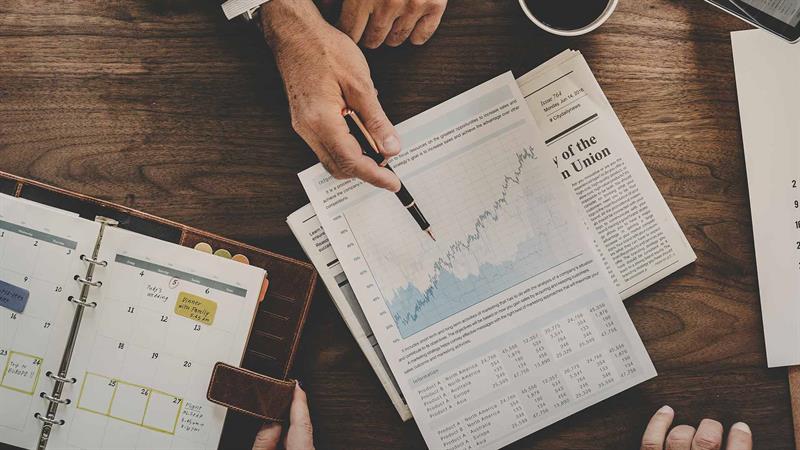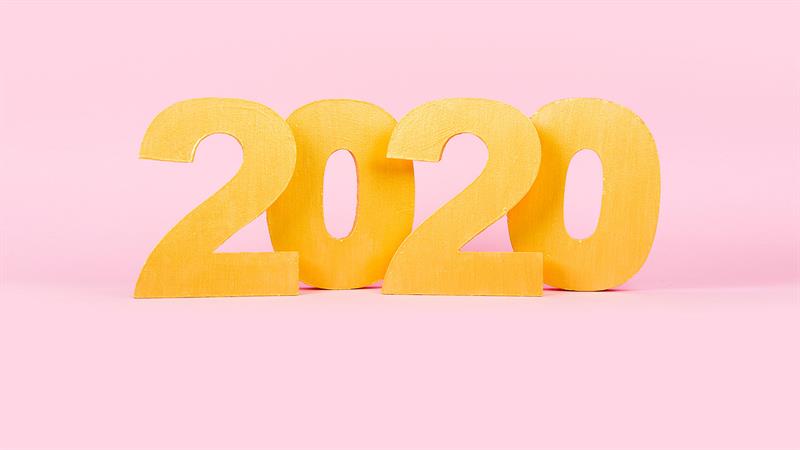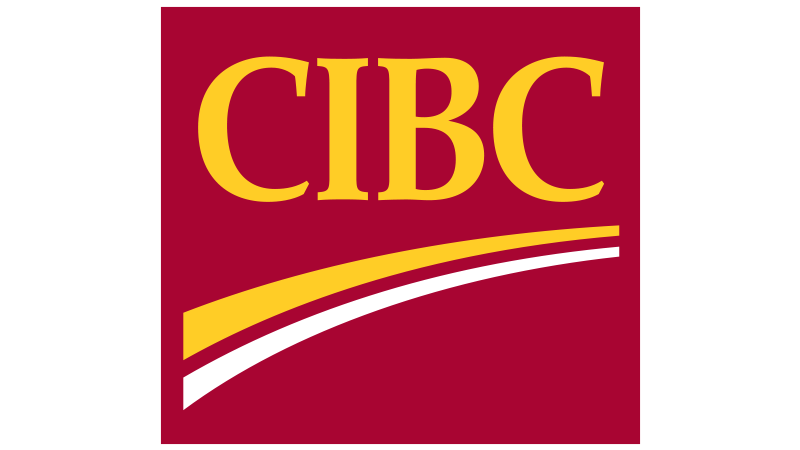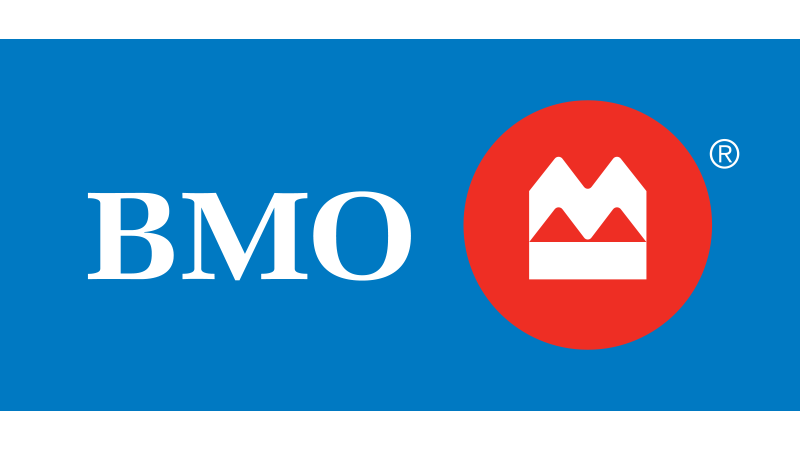Measuring The Brand Relationship: Science, Value and Perception
By Diana Conconi of CMA's Branding & Strategic Planning Council and David Wood
Marketers continually wrestle with determining the most effective ways to measure brand value and the influence a brand has over its consumers. A brand, like a friendship, is a relationship. It is built on trust, communication, and respect and is mostly subjective and ever-changing.
While there is no single tool that can quantify or qualify this relationship, the most successful brands define a set of standards or Key Performance Indicators (KPIs) that reflect the attributes that matter most to marketers and their brand’s end users. By establishing these KPIs up front and consistently measuring against them, a suite of selected KPIs can holistically indicate the strength and influence of a brand.
The following three examples outline some of the KPIs that marketers are using to quantify and qualify the value of brands.
Digital Brand Effect
The Nielsen Company
Nielsen has created a software platform that measures brand equity metrics in real time in order to see how a campaign has performed against its goals.
The software measures “brand lift,” which is the percentage increase of engagement, opinion, and awareness of a brand as a result of an advertising campaign. The metric can be used by marketers to see how their promotional activity has affected consumer perception of their brand. Perception is broken down into “awareness, attitude, favourability, intent, and preference,” and is measured through web-polls with a test and control sample.
On top of customer observations of brands, Nielsen looks at these additional factors when determining brand lift:
- Frequency of ad exposure
- Creative units or messages
- Distribution across sites and networks
- Campaign duration
While Digital Brand Effect assesses whether a brand name is strengthened in the mind of a consumer following exposure, it does not attempt to quantify or explain its value.
Measuring Brand Value – How Much Are Brands Worth?
B2B International
Taking a step back from the implications of a valuable brand, this B2B International article takes a look at the intangible factors that can give brands their value.
The very real, albeit seemingly superficial, differences in brand equity perceptions among consumers are best illustrated in brand value case studies.
In one particular study, people were given several pictures of cars and were told to list the car’s price. However, the same car was used and a different logo was superimposed in all the photos to make it seem like each car had a unique brand. Mercedes was routinely valued the highest, while Volkswagen was consistently worth more than Ford.
So what influences the perception of each brand’s valuation?
Beyond the material effects companies have, intangible assets have a massive impact on brand equity. These include:
- Customer loyalty (or goodwill) to the brand
- Public trust in the product
- The “cool” factor
- Corporate-social responsibility practices
- Skilled labour and patents
- Effective company procedures and distribution agreements
While all of these immaterial assets have value, it is extremely difficult to easily quantify them. During a sale of a company however, these intangibles are typically represented in the difference between the price paid for the business and the value of its fixed assets at that time.
However valuable immaterial assets like customer loyalty and public perception may be to a brand, they are also the most insecure – they can quickly dissipate following a company meltdown or breach of trust with consumers.
Trump Exaggerating His Net Worth (By 100%) In Presidential Bid
Forbes Magazine
And now for something completely different and topical – Forbes Magazine attempted to evaluate Donald Trump’s brand equity.
In the publication’s efforts to separate a brand from the body around it, Forbes used a very simple technique for estimating brand value: multiplying a company’s licensing earnings by two.
While Donald Trump says his net worth is north of $10 billion1, he claims his name and brand alone are worth around $3.3 billion. Forbes examined Trump’s finances with their own formula and figured his name was worth not much more than $253 million.
According to CNN, Trump has been quoted as saying: “My net worth fluctuates, and it goes up and down with the markets and with attitudes and with feelings, even my own feelings.”2 Without one definitive way to measure a brand’s value, Trump has chosen to disregard metrics and decide based on gut feelings.
Quite relevant in this current political climate, this article highlights just how subjective evaluating a brand can be.
These are just a few examples of tools and practices used to determine brand equity, but this list is by no means exhaustive. Amongst marketers, brand value is a contested topic with roots in both science and perception. There are many methods for evaluating the value of a brand. A conclusive single tool remains elusive and likely, unrealistic.
Brands carry prestige, history, and potential. They are a stamp of quality, and their worth depends on a range of factors: palpable, intangible, and sentimental - not unlike human relationships. Brand value seems to best be determined through a holistic set of standards that matter most and is dependent on consistently and relentlessly tracking against them.
1 http://www.bloomberg.com/politics/articles/2016-07-19/trump-is-richer-in-property-and-deeper-in-debt-in-new-valuation
2 http://money.cnn.com/2011/04/21/news/companies/donald_trump

















